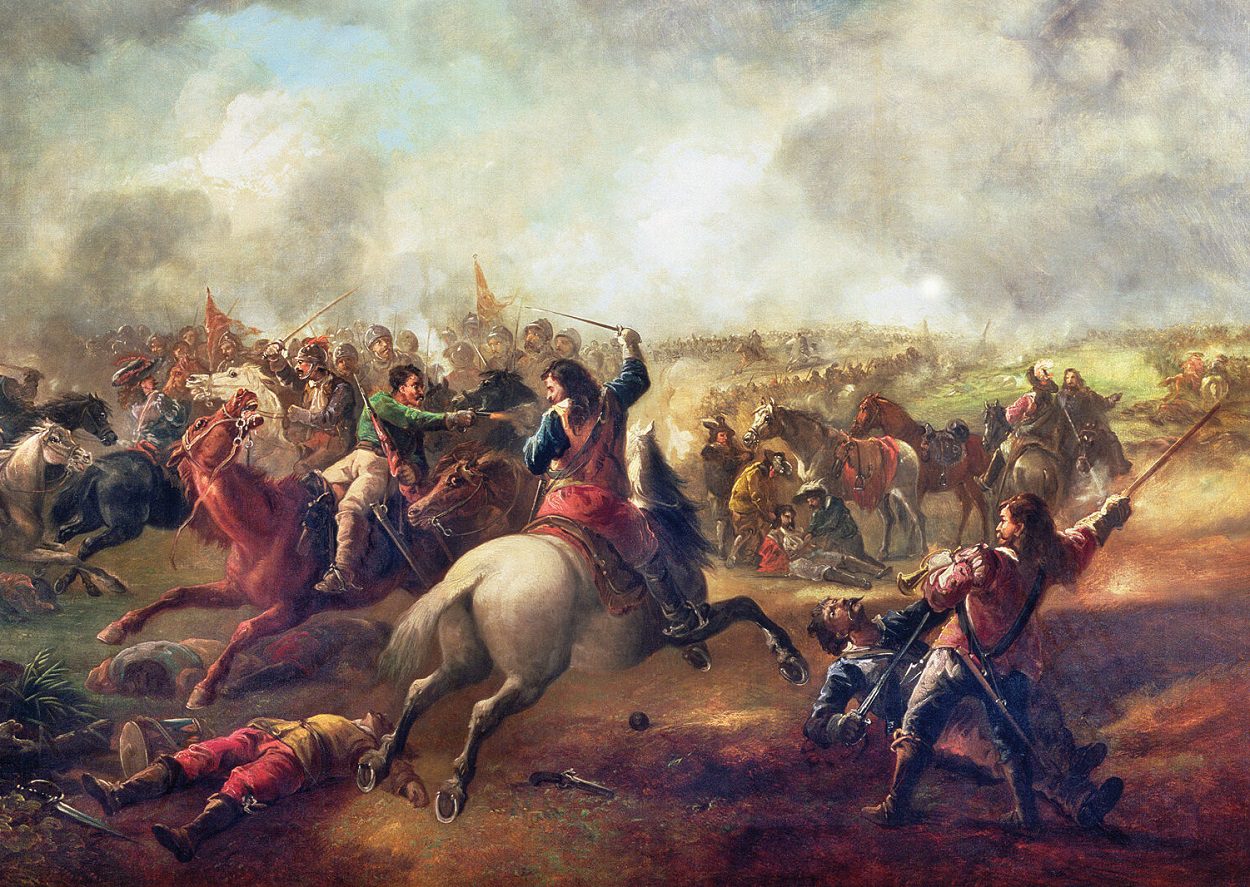An amateur archaeologist has identified possible burial pits at the site of the Battle of Marston Moor using drones equipped with thermal cameras.
The Battle of Marston Moor took place in 1644 during the Wars of the Three Kingdoms (1639 – 1653), near Long Marston in Yorkshire, England.
The battle was fought between a combined force of Scottish Covenanters commanded by the Earl of Leven and English Parliamentarians led by Lord Fairfax and the Earl of Manchester, against the Royalist army commanded by Prince Rupert of the Rhine and the Marquess of Newcastle.
The deciding action in the battle was led by Oliver Cromwell commanding the Parliamentarian cavalry, which drove the Royalist cavalry off the battlefield. The enabled them to join forces with Leven’s infantry to completely destroy the Royalist infantry, resulting in the death of 4,000 Royalist soldiers and 1,500 captured.
Tony Hunt from the Yorkshire Archaeological Aerial Mapping project used thermal cameras attached to drones to survey the battlefield. This revealed long grubbed out boundaries and three large features that appear man-made, suggesting that they could be burial pits containing the remains of those that died in the conflict.
Tony Hunt told Telegraph and Argus: “We have these shapes showing up on the thermal imagery and the infra-red. There have been changes in the chemistry of the ground. That changes the growth patterns of plans showing human intervention.”
According to Hunt, some of the wealthy families retrieved the bodies of family members who were brought to York Minster, Bilton-in-Ainsty church, or their own family graveyards for burial, however, thousands of fallen soldiers were buried at the battlefield which should now be preserved following an “appropriate and respectful” investigation to confirm the findings.
Hunt is also currently in talks with Leeds East Airport at Church Fenton to apply the same survey method to investigate the site of the 1461 Battle of Towton, near Tadcaster, one of the bloodiest battles fought during the War of the Roses.
Header Image – The Battle of Marston Moor – John Barker (1811-1886) – Public Domain





